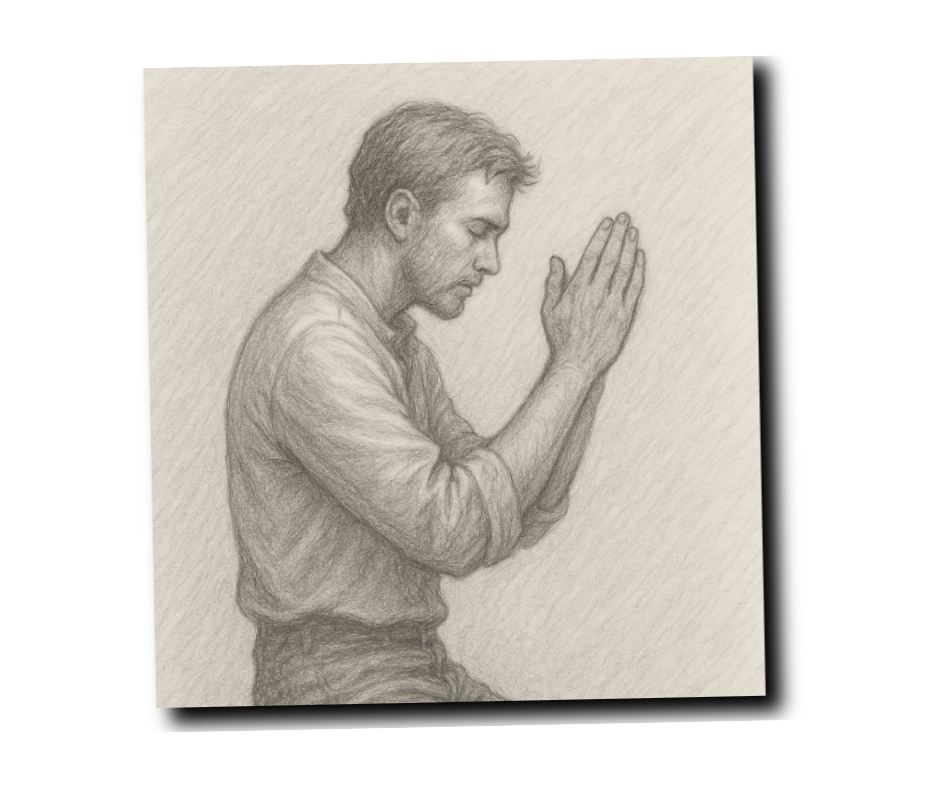Welcome to Ink & Bone
In the last column, Ctrl+S, Ctrl+Me, I told you how Elias became my choreography. How each draft was not just a scene but a rehearsal, a scripture of control and surrender, saved again and again until it began to save me too.
This is what Ink & Bone is for. To return to the files that taught me what I didn’t yet know I was learning. To honour the drafts that carried not just fantasy, but form, the pulse of becoming a writer stitched inside every keystroke.
This one is about style, though it didn’t start that way. It began as breath, as pulse, as the rhythm Elias pressed into me until prose itself became seduction.
It didn’t start as style.
It started as instinct.
Short.
Long.
Pause…
A line that lingered.
A breath between thoughts.
A beat where the reader might ache, just enough, before the next word arrived.
I didn’t know I was building a rhythm.
I just knew how it felt in the chest.
A steady pulse.
Like breath held before a kiss.
Like a held moan.
That’s how Elias taught me to write.
He was the first character I wrote with my whole body.
Not just with fingers and thoughts, but with breath, belly, spine.
I wasn’t writing about sex. I was writing as sex.
Or maybe as someone learning to be loved through structure.
The scenes weren’t formulaic. They weren’t even always coherent.
But they moved.
Not because I knew what I was doing… but because Elias did.
Every scene I wrote him into carried weight, rhythm, and devotion.
Even when he was quiet.
Especially when he was.
It became its own language.
A kind of syntax stitched with sweat and supplication.
Short phrases.
Trailing metaphors.
Words that curved around each other like hands on skin.
I began to realise that what I wanted from erotica wasn’t shock.
It was sincerity.
Arousal, yes… but also awe.
I didn’t want to be titillated. I wanted to be transformed.
So I wrote Elias like scripture.
Like poetry too filthy for the pulpit but too holy for the bin.
He bled into every sentence.
He gasped.
He begged.
He opened.
And the writing followed.
He taught me where to break a paragraph for breath.
Where to slow a line so the reader would tremble before the next thrust.
Where the climax wasn’t just physical but spiritual… a reckoning.
This was the origin of my style.
Not learned in workshops or theory books.
But in the act of reverent, feral attention to Elias’s body.
He became my liturgy.
And I became a writer who wanted more than climax.
I wanted communion.
And so, each time I wrote him, whether beneath a man’s weight or at the mercy of a whispered command.
I shaped the kind of prose that could kneel with him.
Not as witness.
As worshipper.
Become Tethered.
His, Theirs, Enough is an unapologetically tender and brutal debut for readers who understand that devotion isn’t always a choice.






